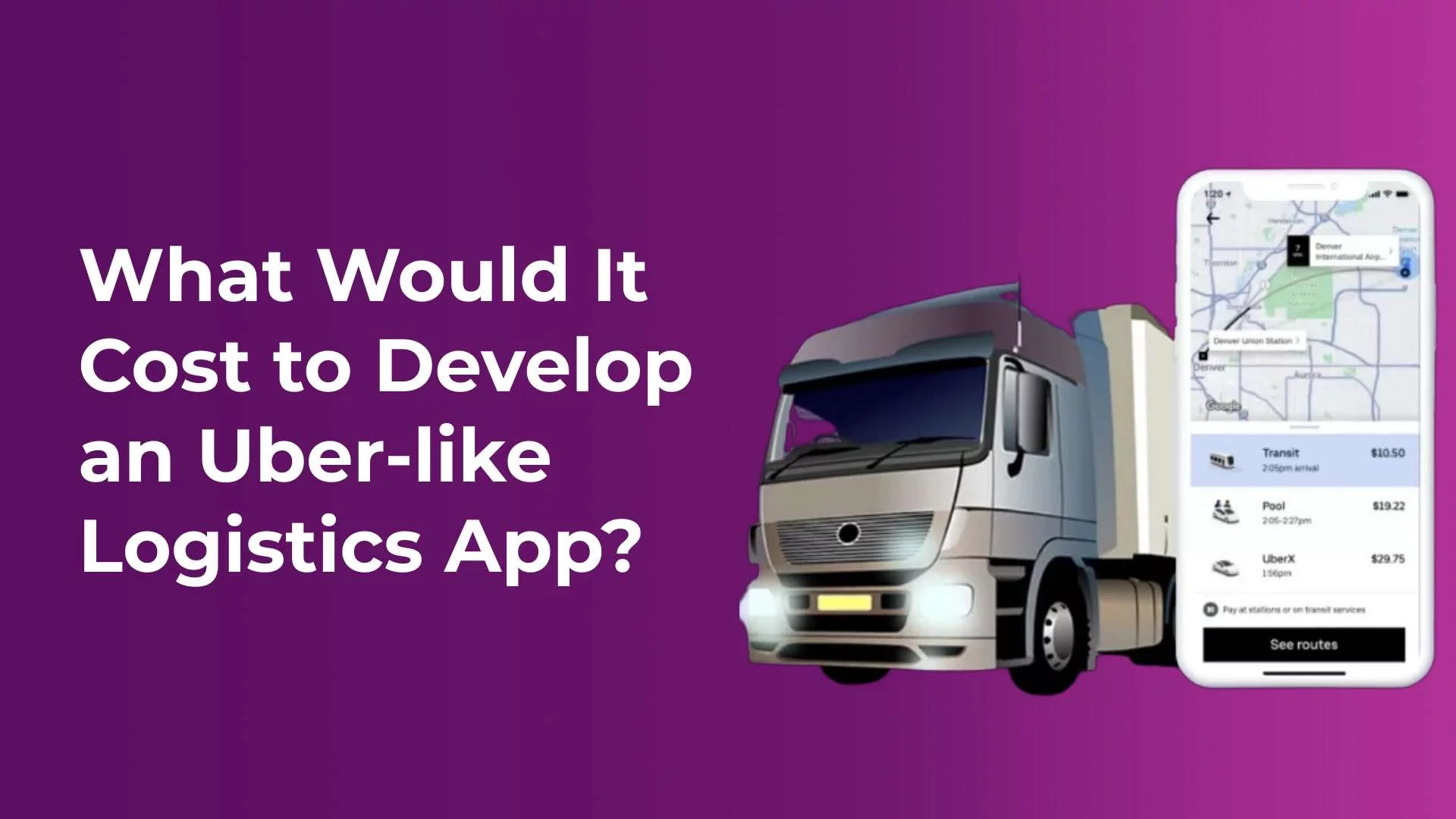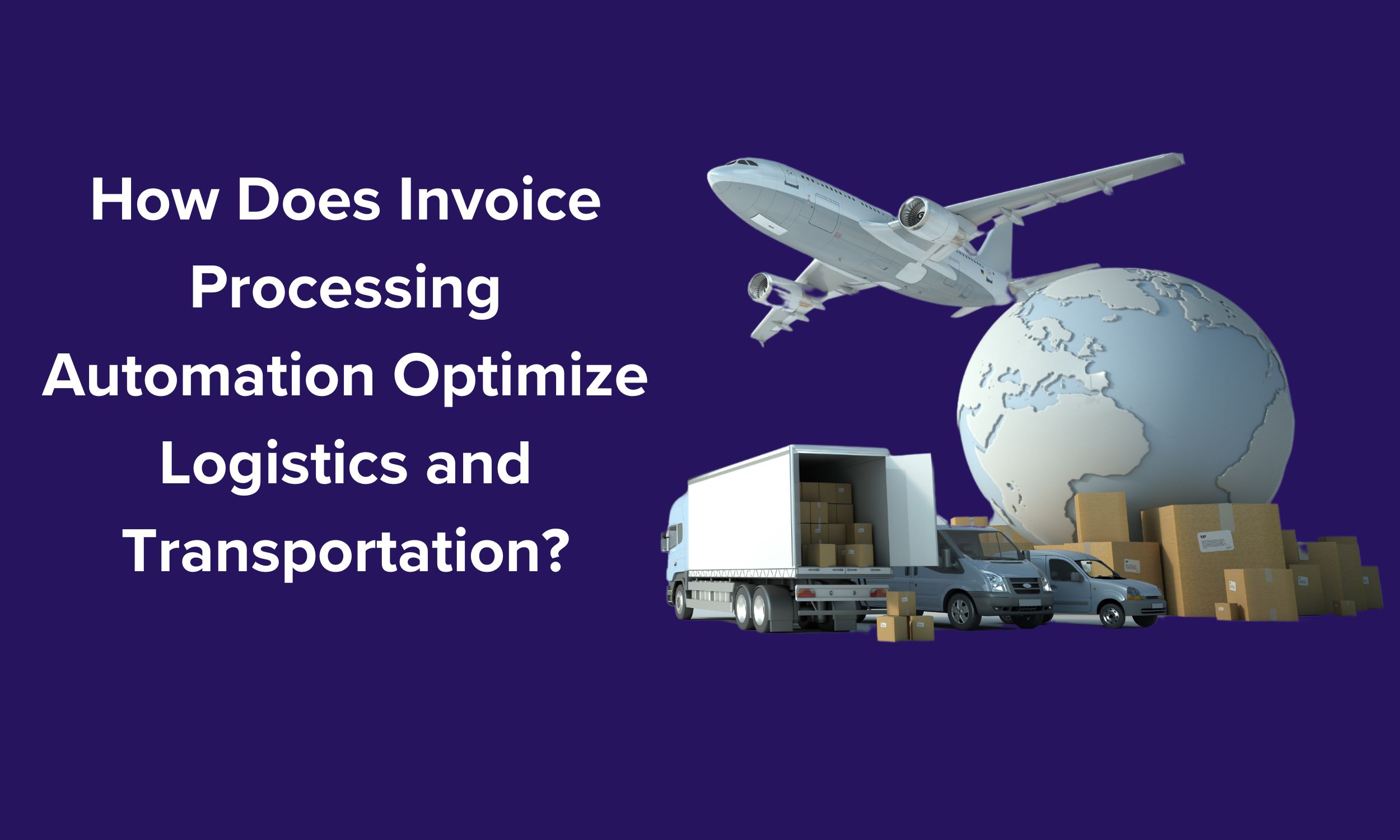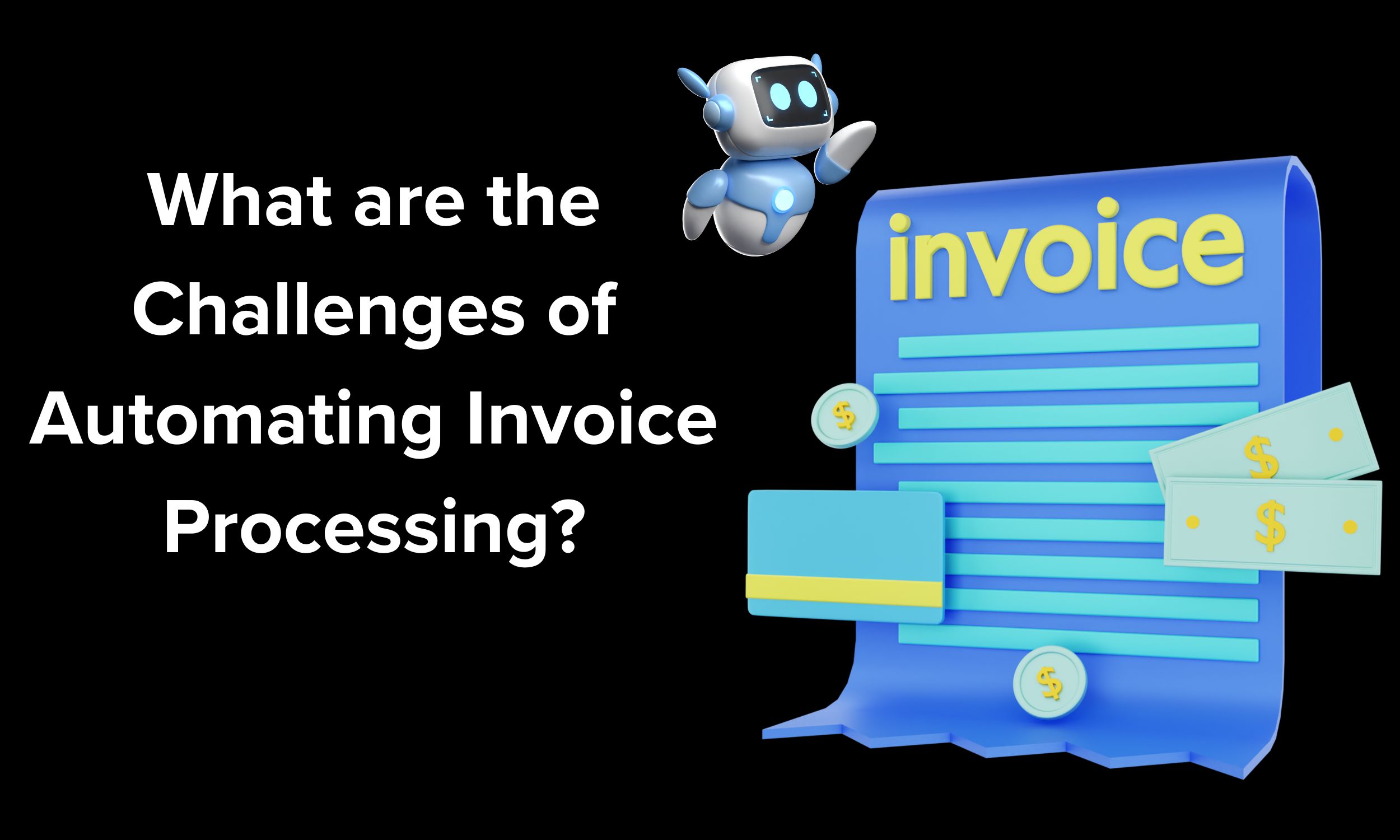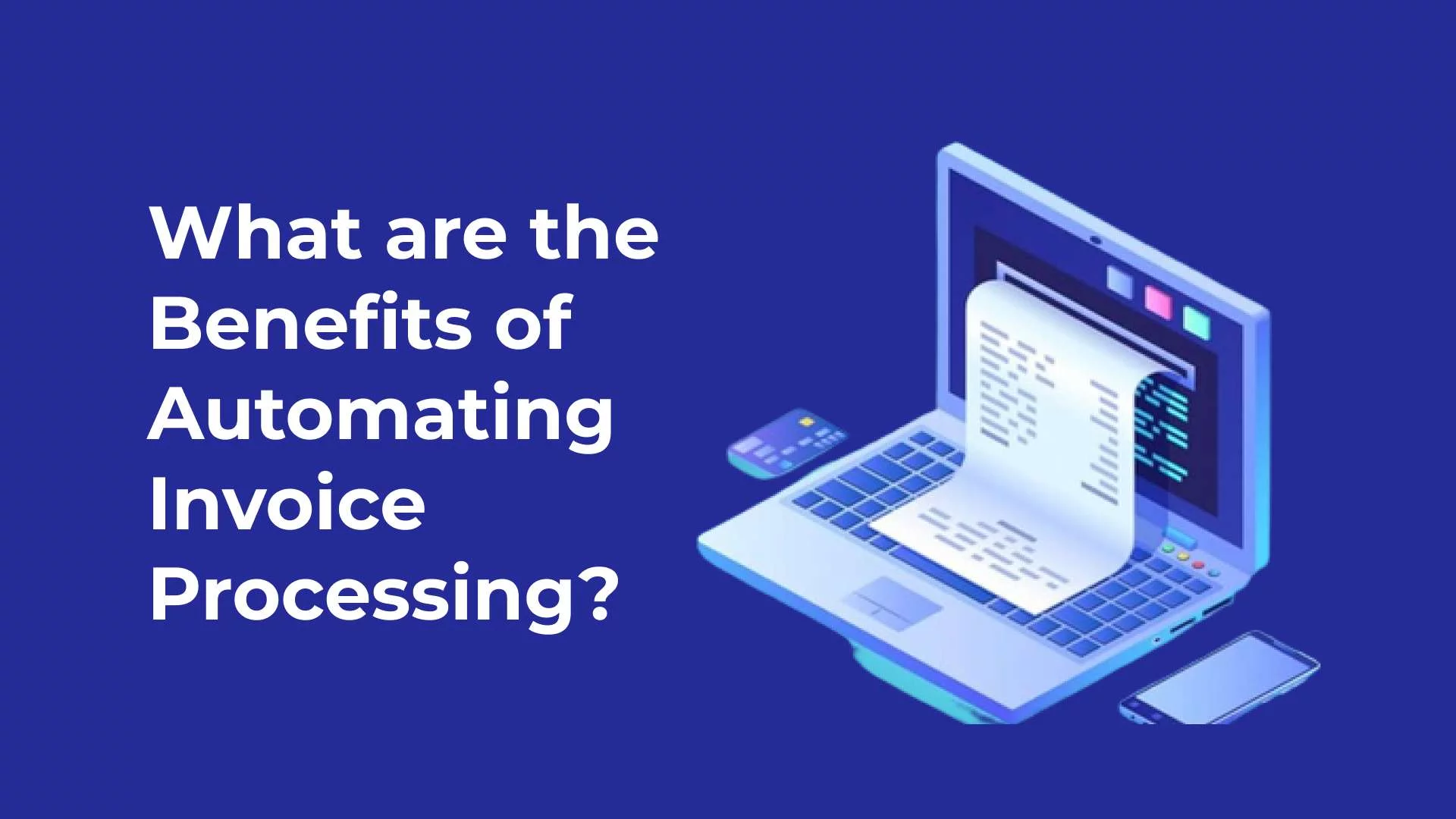Introduction
Logistics and transportation are essential in supply chain ecosystems in today’s fast-paced business environment. A business’s ability to meet customer demands, reduce costs, and increase productivity depends on efficient and streamlined operations. Automation is revolutionizing these industries in one area. Invoice processing automation offers numerous benefits that optimize logistics and transportation processes by leveraging advanced technologies and intelligent systems. This article will explore how invoice processing automation drives optimization in these industries and the advantages it brings to businesses.
Logistics and Transportation Companies that use Invoice Processing Automation
Here are some logistics and transportation companies that use invoice processing automation to optimize their operations:
1. Amazon
Amazon uses invoice processing automation to streamline its supply chain operations. The company estimates that it has saved $10 million per year by using invoice processing automation.
2. FedEx
FedEx uses invoice processing automation to improve its financial reporting. The company estimates that it has reduced the time it takes to process invoices by 50% by using invoice processing automation.
3. UPS
UPS uses invoice processing automation to reduce costs. The company estimates that it has reduced the number of errors in its invoice processing by 90% by using invoice processing automation.
4. Walmart
Walmart uses invoice processing automation to improve customer service. The company estimates that it has reduced the time it takes to process invoices by 75% by using invoice processing automation.
Optimize Logistics with Automation Now!

The Challenges of Manual Invoice Processing in Logistics and Transportation
Before delving into the benefits of invoice processing automation, it is important to understand the challenges associated with manual invoice processing in logistics and transportation. Some common challenges include:

1. Time-consuming data entry
Logistics and transportation require manual data entry, which can be tedious and time-consuming. Invoice information, including line items, quantities, prices, and tax details, needs to be manually inputted into accounting systems or spreadsheets. This process is prone to errors, as it heavily relies on human concentration and accuracy. Each invoice requires careful scrutiny and data entry, leading to a significant amount of time and effort spent on repetitive tasks. This not only increases the chances of errors but also hampers operational efficiency.
2. Inefficient approval workflows
Manual approval workflows in invoice processing involve multiple stakeholders, such as department heads, managers, and finance teams. Coordinating these stakeholders and obtaining their approvals can be challenging, primarily when located in different departments or locations. The manual routing of invoices for approval can result in bottlenecks, delays, and inefficiencies. The delay in approvals affects the timely processing of invoices, leading to cash flow issues and strained supplier relationships. Additionally, the lack of visibility into the approval status can create clarity and help decision-making.
3. Lack of visibility
Manual invoice processing needs more transparency and visibility into the entire invoice lifecycle. Without an automated system in place, it becomes difficult to track invoices and monitor their progress. The lack of visibility poses challenges in identifying the current status of invoices, locating misplaced or lost invoices, and ensuring timely payments. This lack of transparency can hinder effective financial management, forecasting, and decision-making. It also makes it challenging to identify discrepancies, resolve disputes, and track historical data for analysis or auditing purposes.
4. Inaccurate data and errors
Manual invoice processing is susceptible to human errors, which can have significant repercussions on financial accuracy and operational efficiency. Errors such as incorrect calculations, mismatched information, or duplicate entries can occur during manual data entry. These errors can result in inaccurate financial records, overpayment or underpayment of invoices, and discrepancies in inventory or pricing. Resolving these errors requires additional time and resources, leading to delays in payment processing and strained relationships with suppliers. Moreover, disputes arising from inaccuracies can impact a business’s reputation and lead to costly financial repercussions.
The Advantages of Invoice Processing Automation in Logistics and Transportation
Implementing invoice processing automation brings several advantages that optimize logistics and transportation operations:

1. Streamlined invoice capture and data extraction
Machine learning algorithms and optical character recognition are being used to extract relevant data from invoices. Automating invoice processing eliminates manual data entry, reduces errors, and speeds up the process.
2. Enhanced accuracy and reduced errors
Automation minimizes the risk of human errors in invoice processing. By leveraging data validation and automated checks, discrepancies, such as incorrect calculations or mismatched information, can be identified and flagged for resolution, ensuring accurate financial records and payments.
3. Accelerated approval workflows
Automated invoice processing systems enable the implementation of streamlined approval workflows. Approvals can be routed automatically to the appropriate stakeholders based on predefined rules and hierarchies. This eliminates manual intervention, reduces approval cycle times, and improves supplier relationships by ensuring timely payments.
4. Real-time visibility and tracking
Automation provides real-time visibility into the invoice lifecycle, allowing businesses to track invoices at every stage, from receipt to payment. This visibility enables proactive management of exceptions, such as delayed invoices or disputes, and facilitates efficient cash flow management.
5. Efficient payment reconciliation
Automated systems integrate seamlessly with accounting or ERP (Enterprise Resource Planning) systems, enabling automated matching of invoices with purchase orders and receipts. This facilitates streamlined payment reconciliation processes, reducing manual effort and ensuring accurate financial reporting.
6. Cost savings and operational efficiency
Cost savings and operational efficiency are achieved through invoice processing automation, as it eliminates manual data entry, reduces errors, and streamlines approval processes. Businesses can redirect resources to more value-added tasks, optimize working capital, and negotiate better terms with suppliers based on improved cash flow management.
7. Compliance and audit readiness
Automation ensures compliance with regulatory requirements by implementing validation rules and flagging any discrepancies or non-compliant invoices. This reduces the risk of penalties and streamlines audit processes, as all invoice-related data is stored digitally and easily accessible for auditing purposes.
8. Supplier satisfaction and relationships
Efficient invoice processing leads to timely and accurate payments, which enhances supplier satisfaction. This, in turn, strengthens supplier relationships and can result in improved pricing, better terms, and increased collaboration, contributing to the overall success of logistics and transportation operations.
The Disadvantages of Invoice Processing Automation in Logistics and Transportation
While implementing invoice processing automation offers numerous benefits, there are a few potential cons to consider
1. Initial Investment
Implementing automation requires an initial investment in technology, software, and infrastructure, which may pose a financial burden, particularly for smaller businesses with limited budgets.
2. Complexity of Implementation
Integrating automation can be a complex undertaking depending on the complexity of existing systems and processes. It may require significant effort to ensure compatibility and seamless integration with existing systems, potentially causing temporary disruptions during the implementation phase.
3. System Dependence and Downtime
Relying heavily on automation systems can create a dependency on technology. In the event of system failures, technical glitches, or downtime, there could be delays or interruptions in invoice processing, potentially impacting operations and supplier relationships.
4. Resistance to Change
Introducing automation may face resistance from employees who are accustomed to manual processes. Employees may require training and time to adapt to the new system, potentially slowing down the implementation process and initial productivity.
5. Limited Flexibility
Automation systems operate based on predefined rules and workflows. They may need more flexibility to handle complex or unique situations that may require human intervention or customization. Handling exceptions or edge cases may still require manual handling, limiting the complete automation of the process.
6. Vendor Onboarding Challenges
Implementing automation may require suppliers to adapt to new invoicing standards or formats, potentially causing challenges in onboarding and compliance. Suppliers who are not technologically equipped or resistant to change may face difficulties in adapting to the automated system.
7. Regulatory and Compliance Risks
While automation can improve compliance by enforcing validation rules, changes in regulations or legal requirements may necessitate updates to the automated system. Staying up to date with evolving regulations and ensuring compliance can be a continuous effort.
8. Potential Job Impact
Automation may reduce the need for manual data entry and administrative tasks, potentially impacting job roles in those areas. However, it can also allow logistics and transportation operations employees to focus on more strategic and value-added tasks.
Streamline Logistics with Automation Today!

Successful Implementation of Invoice Processing Automation
To fully leverage the benefits of invoice processing automation in logistics and transportation, businesses should consider the following key factors for successful implementation:
1. Technology selection
When selecting an automation solution, it is crucial to consider the specific needs of logistics and transportation operations. Look for a solution that integrates well with existing systems, such as ERP (Enterprise Resource Planning) or accounting software commonly used in the industry. The automation solution should offer advanced features like Optical Character Recognition (OCR) to accurately extract data from invoices, machine learning algorithms to improve data extraction accuracy over time, and workflow automation to streamline the entire invoice processing cycle. Consider the scalability, flexibility, and compatibility of the chosen technology to ensure it can support the growing needs of the business.
2. Data standardization
Standardizing invoice formats and implementing clear vendor guidelines are essential for seamless data extraction and processing. By defining consistent formats, layouts, and data fields, businesses can ensure that invoices are structured in a way that facilitates the automated extraction of relevant information. Implementing electronic invoicing standards, such as Electronic Data Interchange (EDI) or Extensible Markup Language (XML), can further streamline the automation process by enabling standardized data exchange between systems. This reduces manual intervention and improves data accuracy and consistency.
3. Change management and training
Implementing invoice processing automation requires effective change management and comprehensive training for employees. It is important to educate employees about the benefits of the automated system and how it will positively impact their day-to-day tasks. Address any concerns or resistance to change by providing clear explanations and demonstrating the system’s capabilities. Conduct training sessions to familiarize employees with the automated system, its functionalities, and how to use it effectively. Regular communication and support throughout the transition period can help employees embrace the technology and maximize its potential.
4. Continuous improvement
To ensure long-term success, businesses should prioritize the continuous improvement of the automated processes. Regularly evaluate the performance of the automation solution and identify areas for enhancement. Leverage analytics and reporting capabilities to gain insights into invoice processing performance, such as processing time, error rates, and exception handling. Analyze this data to identify bottlenecks or areas where further optimization is needed. Continuously optimize workflows, rules, and exception handling mechanisms to improve efficiency, accuracy, and overall productivity. Stay informed about industry trends and advancements in automation technology to leverage new features and functionalities that can enhance invoice processing.
5. Collaboration with suppliers
Open and transparent communication with suppliers is essential when implementing invoice processing automation. Suppliers need to be informed about the automated system, its benefits, and any changes in invoicing procedures. Engage in proactive communication to explain the purpose and advantages of the automation solution, addressing any concerns or questions they may have. Ensure suppliers are supported and assisted during the onboarding process so they can transition smoothly to the automated system. Collaboration with suppliers fosters mutual understanding, trust, and integration, which results in more efficient processes, timely invoice submissions, and stronger relationships with suppliers.

Conclusion
Invoice processing automation offers significant advantages in optimizing logistics and transportation operations. By eliminating manual data entry, reducing errors, streamlining approval workflows, and enhancing visibility, businesses can achieve cost savings, improve supplier relationships, and enhance overall operational efficiency. Successful implementation requires careful consideration of technology, data standardization, change management, continuous improvement, and collaboration with suppliers. Embracing invoice processing automation empowers businesses in the logistics and transportation sectors to stay competitive, drive growth, and meet the ever-increasing demands of a dynamic marketplace.

FAQs
Q: How does invoice processing automation benefit logistics and transportation?
A: Invoice processing automation streamlines operations, reduces errors, improves payment accuracy, enhances visibility, and strengthens supplier relationships.
Q: Does automation improve compliance in invoice processing for logistics and transportation?
A: Definitely, automation enforces validation rules, flags non-compliant invoices, and provides an audit trail, ensuring adherence to regulations and simplifying audits.
Q: Can automation accelerate invoice approval workflows in logistics and transportation?
A: Absolutely, automation automates approval routing, ensures timely approvals, reduces bottlenecks, and enhances overall efficiency in payment processing.
Q: Does invoice processing automation improve supplier relationships in logistics and transportation?
A: Yes, automation enables timely and accurate payments, enhancing supplier satisfaction, trust, and collaboration, leading to stronger relationships and better terms.
Q: Does automation provide analytics and insights for optimizing invoice processing in logistics and transportation?
A: Indeed, automation offers analytics capabilities to evaluate performance, identify areas for improvement, and optimize workflows, rules, and exception-handling mechanisms.















